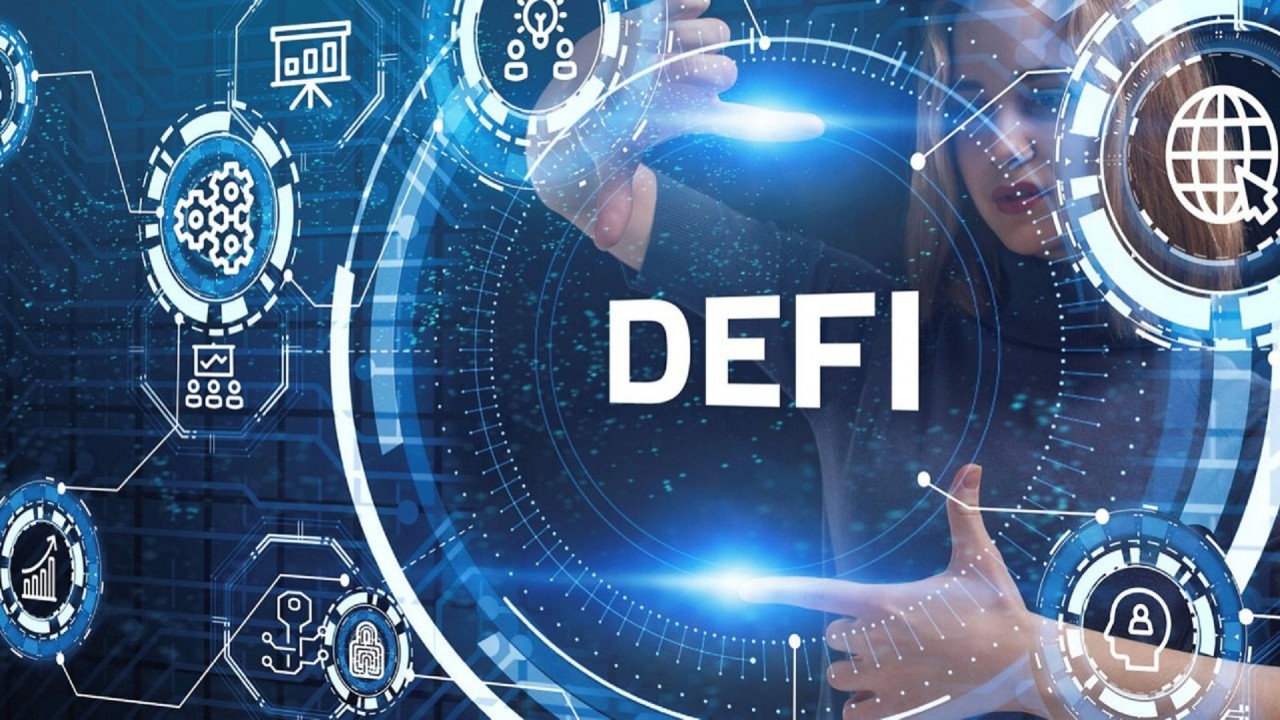Navigating the Rise of Decentralized Finance Platforms
Summary
Decentralised finance (DeFi) enables people and organisations to access financial services which don’t require access to traditional banking services to participate in (for example, global investment access; peer-to-peer transactions; etc). But how do you find the good guys? This guide […]

Decentralised finance (DeFi) enables people and organisations to access financial services which don’t require access to traditional banking services to participate in (for example, global investment access; peer-to-peer transactions; etc).
But how do you find the good guys? This guide breaks down what it will take to scale DeFi by providing criteria to consider.
Transparency
Decentralised finance (DeFi) is the emerging market where, thanks to crypto-coins, numerous big-ticket advantages can be unlocked, including lower transaction costs, reduced risk through the elimination of financial intermediaries, and an encouragement of peer‑to‑peer transactions. However, its very decentralised nature creates some challenges.
A lack of transparency, for example, can make prices more volatile and less secure but these can be mitigated through a comprehensive roadmap that includes hedging and the monitoring of markets. Treasurers will have to think about how DeFi interacts with the rest of the world The Treasury function is already complex enough.
Yet one of the emerging trends from today is an inherently optimistic one: the rise of the so-called Digital Financial Intermediaries, or DeFi (building on the recent trend of ‘robo-advisor’ apps). The frictionless world of blockchain-enabled cryptocurrencies represent a great way to slash business transaction costs and to enhance transparency with respect to financial inclusion on all fronts (from cross-border payments to supply chain management where DeFi platforms serve to enable trustless collaboration, the interaction amongst autonomous business units reduces supply chains friction and improve efficiency; DeFi can even increase credit availability for small companies who otherwise do not have a credit history or who do not qualify due to know-your-customer requirements.
Security
With an all-new financial paradigm characterised by safety, transparency and inclusivity, decentralised finance platforms are utilising blockchain efficiencies to offer peer-to-peer lending and investing services, and tokenised real estate and insurance services.
Evaluating new technical solutions for the blockchain will become very important, as the technology matures. This is required to ensure that decentralised finance has the kind of security that its users require. Smart contracts represent a novel financial system with a trustless environment for users that is fully autonomous: the contracts execute automatically and can’t be manipulated.
Programmability provides another level of security for DeFi platforms, or even a reason to migrate to blockchain since it provides huge amounts of scalability and functionality. DeFi platforms often avoid centralised parties because these institutions may sabotage or collapse (remember 2008?).
With the flourishing industry of DeFi, it’s crucial that platforms demonstrate commitments to interoperability, ensuring that users can use whatever platforms and protocols they need. In addition, it might be wise to search for the platforms that offer user-friendly UIs.
Accessibility
Accessibility means making the information or services you provide more welcoming to everyone – in physical space and cyberspace. You need to think about ways to construct ramps, braille signs and the like in physical spaces so anyone can access your work, but also on websites and software so people can equally participate in your work.
Accessibility is the avoidance of discrimination and the promotion of social inclusion; and good design ensures that people whose abilities vary in all sorts of ways are able to participate equitably in society. Accessibility is not the same as usability – if something is not designed well, then it might not be efficient and satisfying to use.
DeFi, short for decentralised finance, is an emerging technology that exploits distributed ledgers of the same kind used in cryptocurrency to render the necessity of third-party intermediaries and centralised institutions irrelevant to financial transactions, creating peer-to-peer transactions with lower transaction costs, higher return and lower counterparty risk, leading itself to creating more decentralised – and thus more transparent and democratised – financial markets, as well as serving to bring banking services to hitherto unbanked or underbanked.
Innovation
DeFi refers to up and coming financial technologies that are supposed to disrupt current forms of financialisation, based on the capabilities of blockchain and cryptocurrency technologies that can bypass third parties from any sort of financial transaction. These technological advancements might enable lower-fee and more transparent forms of transactions, but there are many barriers that need to be overcome before replacing any current form of centralised financialisation with a decentralised solution.
These include the devastating dangers posed by smart contracts – the programmes that run dApps – particularly since coding errors can result in funds being lost – but this comes with huge new legal liabilities and bankruptcy risks as well.
DeFi platforms, too, struggle with significant transaction costs; it’s often not easy for users in emerging economies to engage with liquidity; many lack access to basic banking infrastructure, and it might not be feasible for them to manage private keys and interact with blockchains. In turn, most unregulated DFIs can become deposit/custodian risks to investors.
